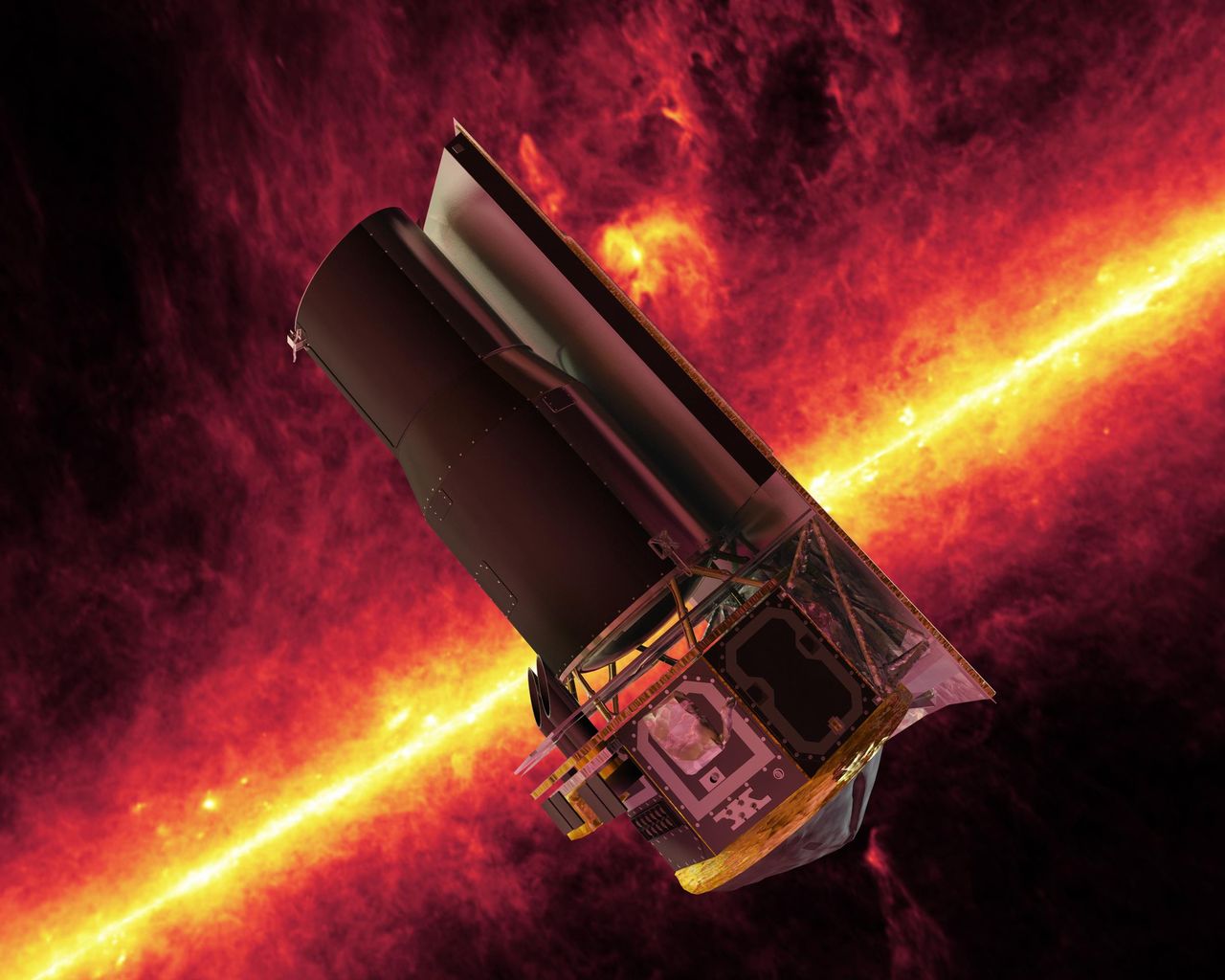NASA’s Spitzer Space Telescope made astonishing discoveries and took mesmerizing imagery of the universe. Just last week, the space agency revealed beautiful clusters and nebulas combined together to look breathtaking. However, the telescope is nearing the end of its journey, and is scheduled to shut down in the beginning of 2020. That said, NASA has clarified why the Spitzer Space Telescope must be shut down.
It’s no secret that the Spitzer Space Telescope had an incredible journey. It has explored a lot of the never-ending universe and outlived its initial lifespan by over 11 years. Thanks to its discoveries, researchers have a better understanding of how the universe works, as well as nebulas, galaxy clusters, star nurseries and much more. It has given us pictures of some celestial objects that are too far from us to ever see up close.
However, the telescope is scheduled to be shut down on Jan. 30, 2020, while still being technically working. NASA’s Jet Propulsion Laboratory (JPL) published a release in which it details the discoveries the famous telescope made and why the Spitzer Space Telescope must be shut down.
The Spitzer Space Telescope is different than Hubble and other telescopes that make similar discoveries because it operates in the infrared light specter, which is invisible to our eyes, while the Hubble Space Telescope observes space using the same visible light specter we see. Spitzer is capable of sensing heat more than light, which makes it see stars, star nurseries, and other areas surrounded by hot gas.
NASA’s explanation as to why the Spitzer Space Telescope must be shut down
“Spitzer orbits the Sun on a path similar to Earth’s but moves slightly slower. Today it trails about 158 million miles (254 million kilometers) behind our planet – more than 600 times the distance between the Earth and the moon. That distance, along with the curve of Spitzer’s orbit, means that when the spacecraft points its fixed antenna to Earth to download data or receive commands, its solar panels tilt away from the Sun. During those periods, the spacecraft must rely on a combination of solar power and battery power to operate.”
At the moment, the distance between Earth and the telescope is not too much of a deal. However, the distance is going to continue growing, which will make it difficult for the space agency to tweak and adjust the telescope’s solar panels to ensure it will remain working supplied with solar power. The telescope without the power which it receives through it solar arrays would make it impossible to communicate with Earth, and thus make any new observations. That’s why NASA is planning to shut it down in January 2020.
Even though watching a functional telescope shutting down is saddening, it doesn’t mean we shouldn’t look back to all the accomplishments and discoveries it has made. The telescope is a small solar lab managed by the JPL. Its capability of seeing the infrared specter of light allowed it to reveal hidden stellar objects, while also making discoveries in our own solar system. Its objective allowed researchers to learn about a new ring around Saturn, while also mapping the Milky Way galaxy. It also discovered many starry and planetary worlds which were presented by NASA for the telescope’s 15th anniversary last year, which the space agency celebrated with a cool app.





